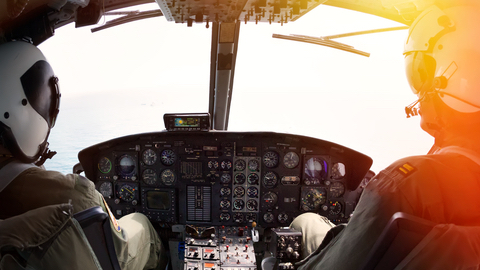
The US Air Force recently held a Physiological Episodes Mitigation Technology Summit and Industry Day to discuss research and development of sensors that can gather physiological data from pilots before, during, and after flights to help mitigate physiological episodes.
“Efforts surrounding this issue are really driven by the nature of the challenge,” said Brig. Gen. Gregor Leist, Air Force Physiological Episodes Action Team (PEAT) lead. “It’s a safety-critical issue, and we need to throw everything we can at this and find the root, if there is a root, for the safety of our pilots.”
Both the US Air Force and Navy have seen an increase in physiological episodes (PEs) starting in 2010, which have been attributed to the aging of the fleet. By 2018, both the Navy and Air Force had a Physiological Episodes Action Team and began to share research and data.
“We’ve been partnering continuously with the Navy, sharing data in both directions so we’re not duplicating efforts, and have the Defense Department’s best working this,” said Leist.
Both teams of researchers are using a variety of sensors to collect data from the aircraft in order to ensure the aircraft systems were performing properly.
“That was the easy part,” Rear Adm. Fredrick Luchtman, Navy PEAT lead, said. “The hard part, the whole team has discovered, is understanding how the human system is utilizing those outputs. For example, the aircraft’s oxygen system. We can tell you very accurately what that aircraft’s system is producing — the oxygen content levels, the pressures, the flows. But even when we can see that the system is performing appropriately — producing the right amount of high-quality air that’s better than even liquid oxygen — but we still get a reported physiologic episode from a pilot… We have to ask ‘What is going on?’”
Department of Defense officials and industry partners at the summit discussed the potential for a new suite of sensors designed to collect physiological data from the human.
“The Integrated Cockpit Sensing program aims to identify best-of-breed sensors for near-term operational implementation while defining an architecture, which will allow the Air Force to continually add or upgrade the best sensing capability to prevent and/or mitigate the effects of physiological events,” said Dr. James Christensen, AFRL team lead developing the suite of sensors. “We are considering the needs of legacy platforms while also influencing early design of new aircraft to better accommodate sensing of the pilot’s physical state and ensure their ability to fly safely and accomplish the mission.”
